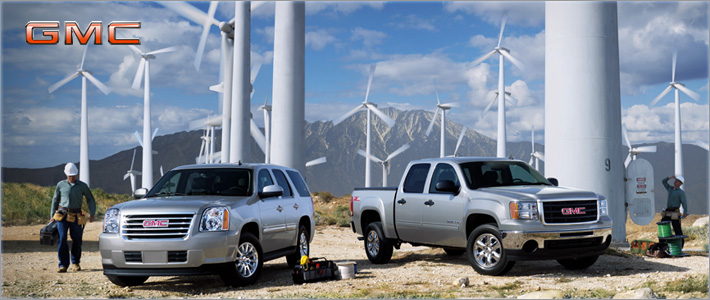
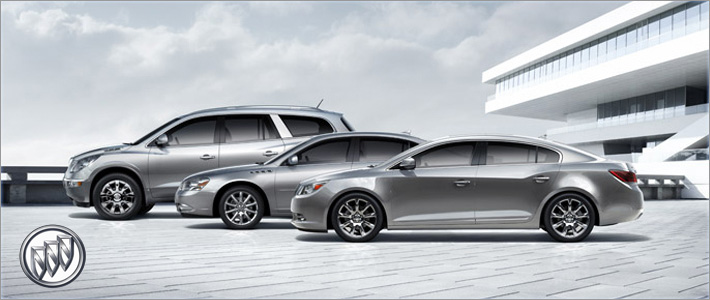
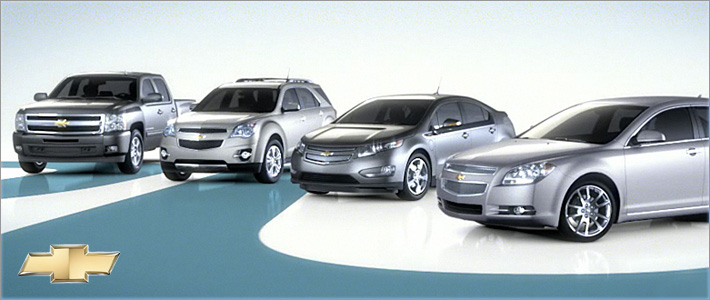
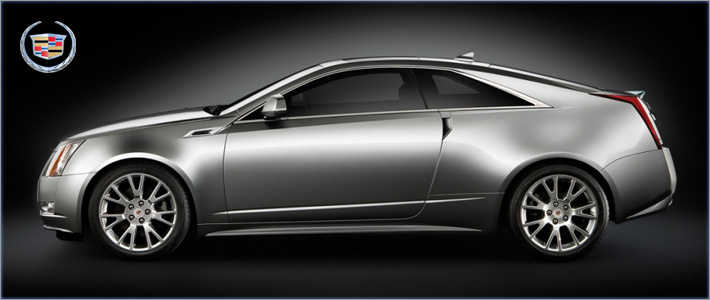
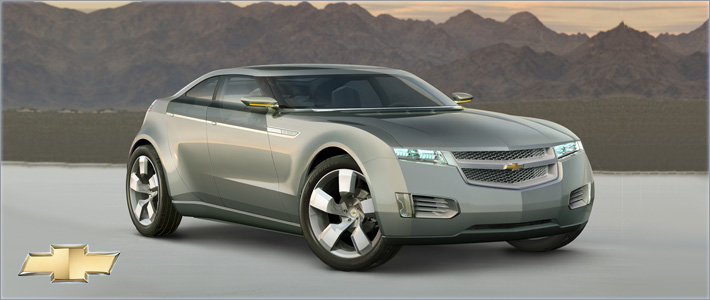
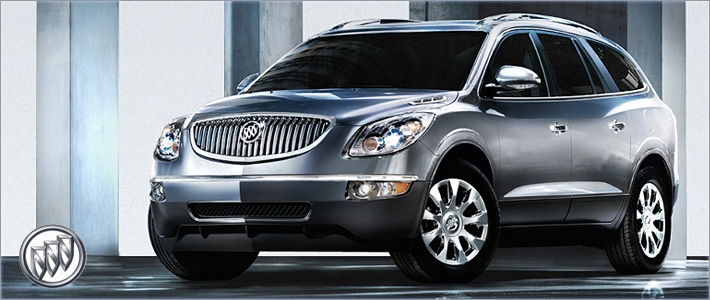
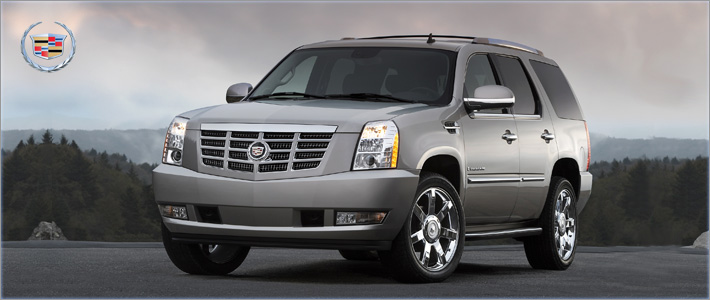
GMC Sonoma - The Power of General Motors
 While the compact pickup truck segment exploded in popularity during the late 1970s, the American automakers were initially MIA. GMC got with the program in the early '80s with its S-15 pickup, which quickly found itself in the thick of the action. Eventually renamed the GMC Sonoma, this truck was affordable, versatile and a lot easier on gas and in tight parking situations than a full-size pickup.
While the compact pickup truck segment exploded in popularity during the late 1970s, the American automakers were initially MIA. GMC got with the program in the early '80s with its S-15 pickup, which quickly found itself in the thick of the action. Eventually renamed the GMC Sonoma, this truck was affordable, versatile and a lot easier on gas and in tight parking situations than a full-size pickup.
Unfortunately, safety and interior build quality weren't strong points with the Sonoma. A driver airbag became available in 1995, but there was no passenger protection until the 1998 update. The cabin was comprised chiefly of hard plastics, a glaring fault that was mentioned in virtually every review of this truck. For these reasons we'd steer clear of these early second-generation Sonomas. A better option might be to look at the later models that underwent the midcycle '98 freshening; this included more aggressive front styling and an improved interior with dual airbags. The only other major change for this generation's run was 2001's new four-door crew cab model with five-passenger capacity.
 The second-generation GMC Sonoma was produced from 1994-2004. It was offered in regular, extended and (later on) crew cab bodies with short and long beds. Engine choices included a 2.2-liter four-cylinder (118 horsepower), a 4.3-liter V6 (165 hp) and the Vortec 4.3-liter V6 (195 hp). All three engines were available with either five-speed manual or four-speed automatic transmissions, and four-wheel drive was optional. Trim levels typically consisted of base SL, midlevel SLS and luxury SLE. The SL was a stripper with vinyl bench seating and the SLS added cloth upholstery, air-conditioning, cruise control, foglights and alloy wheels. The SLE added chrome exterior trim, more luxurious seating and full power GMC Sonoma Accessories.
The second-generation GMC Sonoma was produced from 1994-2004. It was offered in regular, extended and (later on) crew cab bodies with short and long beds. Engine choices included a 2.2-liter four-cylinder (118 horsepower), a 4.3-liter V6 (165 hp) and the Vortec 4.3-liter V6 (195 hp). All three engines were available with either five-speed manual or four-speed automatic transmissions, and four-wheel drive was optional. Trim levels typically consisted of base SL, midlevel SLS and luxury SLE. The SL was a stripper with vinyl bench seating and the SLS added cloth upholstery, air-conditioning, cruise control, foglights and alloy wheels. The SLE added chrome exterior trim, more luxurious seating and full power GMC Sonoma Accessories.
The aptly-named Highrider package was available in '94 and turned the Sonoma into a serious off-road rig thanks to its wider track, 3-inch increase in ground clearance, beefed-up suspension, big tires and skid plates. The Sportside bed arrived in 1996 along with the optional three-door access cab that aided loading cargo, pets or an unfortunate passenger into the rear compartment with its fold-down jump seat. This year also brought standard ABS for all GMC Sonoma models as well as the available "ZQ8" sport suspension package that featured 16-inch alloy wheels (versus the stock 15s), quicker steering and a lower ride height.
 Although the S-15 and Sonoma were in production for more than two decades, there were just two generations. Considering that the first generation ended back in the early '90s, most used-pickup shoppers will be looking at the second generation. This Sonoma was a definite improvement over the earlier model, as it boasted more power and convenience features. Still, the Sonoma's lack of overall development compared to its constantly improving domestic and Japanese rivals makes it hard to recommend.
Although the S-15 and Sonoma were in production for more than two decades, there were just two generations. Considering that the first generation ended back in the early '90s, most used-pickup shoppers will be looking at the second generation. This Sonoma was a definite improvement over the earlier model, as it boasted more power and convenience features. Still, the Sonoma's lack of overall development compared to its constantly improving domestic and Japanese rivals makes it hard to recommend.
The GMC Sonoma was seemingly loaded with value and versatility for the compact pickup truck buyer, but we were never thrilled with it. The revised interior featured good ergonomics, but the materials were still low-rent, and the driver sat low, facing a tall steering wheel and dash. The Sonoma's tendency to squeak and rattle didn't provide the feeling of brawny quality we'd like from a pickup, nor did lousy crash test scores. In a comparison test we conducted for 2001, the Sonoma's Chevrolet twin, the S-10, finished fifth out of five trucks. Production soldiered on until 2004, at which point GMC replaced the Sonoma with the all-new Canyon.